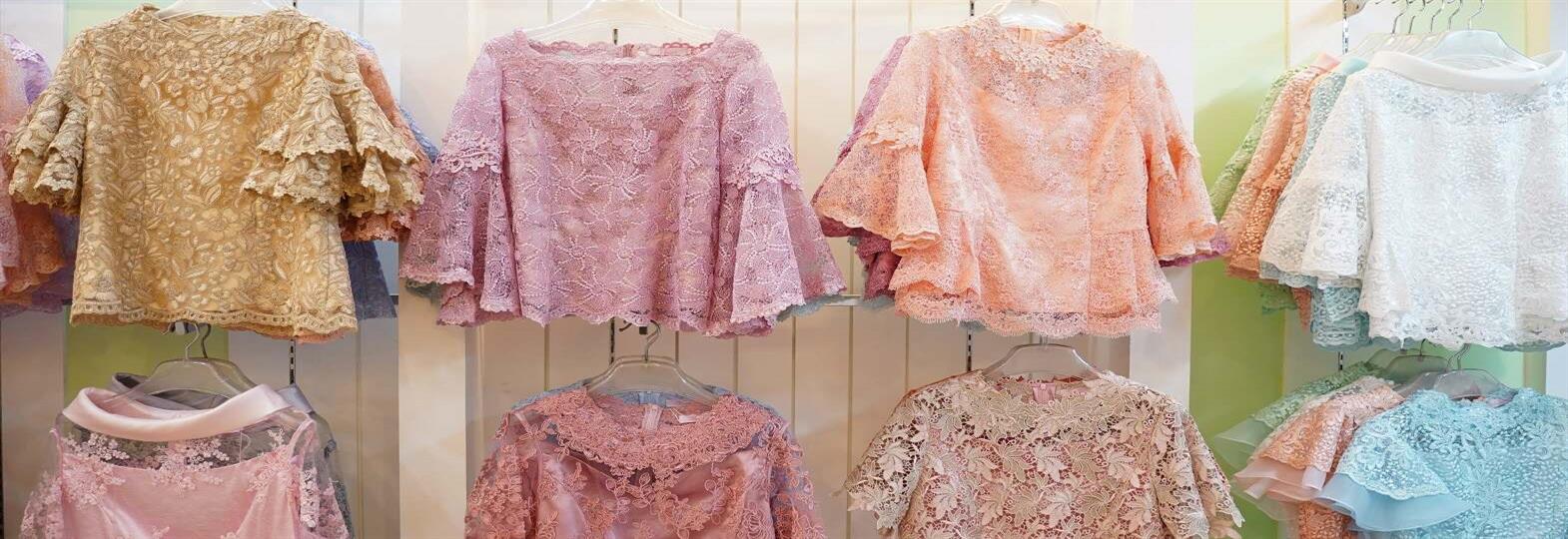Ageing inventory refers to the inventory or stock that has not been sold and held by a business for an extended period. It is an accounting term used to assess the quality and value of a company’s inventory. The ageing process categorises inventory based on the length of time it has been in stock, typically in predetermined time intervals, such as 30 days, 60 days, 90 days, and so on.
The process of ageing inventory involves assigning each item a specific date based on when it was received or manufactured. As time passes, the inventory is sorted into different age groups. This information is usually tracked in an inventory management system or accounting software, allowing the company to generate reports and assess the overall health of their inventory.
Ageing inventory can have various implications for a fashion retail business. It ties up capital that could be used for other purposes, such as investing in new products or paying off debts. Additionally, holding excessive amounts of ageing inventory can lead to increased storage costs, obsolescence risks, and potential write-offs if the items become unsellable.
Utilising inventory ageing, which involves categorising inventory based on its age, can provide several benefits for apparel retail businesses. Here are some key advantages of using inventory ageing:
a) Identifying Slow-Moving and Obsolete Items: Inventory ageing helps businesses identify slow-moving or stagnant items that have been in stock for an extended period. By categorising inventory based on age, it becomes easier to spot products that are not selling as expected. This insight enables proactive measures to address slow-moving items, such as implementing targeted marketing strategies, offering discounts, or liquidating them through clearance sales.
b) Optimising Inventory Levels: Inventory ageing helps optimise inventory levels by highlighting excess stock, non-selling stocks by which businesses can adjust their procurement and production processes to prevent overstocking. This optimisation leads to improved cash flow, reduced carrying costs, and minimised risks associated with holding excessive inventory.
c) Managing Seasonal Items: By monitoring the age of inventory, businesses can ensure that items are sold or utilised before they become obsolete or lose their value. This helps prevent wastage, minimise inventory write-offs, and maintain freshness of products.
d) Planning Promotions and Discounts: To address ageing inventory, businesses may employ various strategies, including developing targeted marketing campaigns to stimulate demand and encourage customers to purchase those products, implementing sales promotions, offering discounts, liquidating the inventory through clearance sales, or negotiating with suppliers for return or exchange agreements. By actively managing ageing inventory, companies can reduce costs, optimise inventory turnover, clear out stagnant stock, improve cash flow, improve overall sales performance and maintain a healthier balance sheet.
e) Anticipating Product Lifecycle Changes: Analysing inventory ageing trends can help businesses anticipate shifts in product lifecycles. It provides a forward-looking perspective on which items are likely to become popular or decline in demand. This information helps with product assortment planning, new product introductions, and managing inventory obsolescence risks.
f) Enhancing Financial Reporting: Inventory ageing data contributes to accurate financial reporting by providing insights into the value of inventory at different stages. It allows businesses to assign appropriate valuations based on the age of inventory and facilitates more precise accounting and financial analysis.
g) Supply Chain Optimisation: Utilising inventory ageing information can assist in optimising the supply chain. By identifying slow-moving items, businesses can collaborate with suppliers to adjust ordering quantities, delivery schedules, or negotiate return agreements. This optimisation helps streamline the supply chain, reduce lead times, and improve overall operational efficiency.
Overall, inventory ageing is a valuable tool for businesses to gain visibility into the age and status of their inventory. By leveraging this information, clothing retailers can make informed decisions about pricing, promotions, procurement, and production, leading to improved inventory management, reduced costs, and enhanced profitability.
How to calculate the average inventory age?
Inventory ageing (also known as average age of inventory) is calculated using the following formula. In some cases, it is also referred to as Days Sales of Inventory (DSI).
Average Age of Inventory = (Avg. cost of inventory at its present level x Time period)/ Cost of goods sold
Where, average inventory is the average value of all inventories within a given period.
Avg. Inventory = Total cost of goods/ Total ending inventory
Cost of goods sold is the cost of producing the goods sold by the brand. It includes list cost of goods (cost of production), transportation, alterations minus cash discounts earned by the retailer from the manufacturer. The total cost of goods retained/sold (COGS) by the retailer is given as:
Total COGS = (Beginning Inventory Purchases) – Ending Inventory
Where, beginning inventory refers to the unsold goods of the previous month, purchases are the new items bought during the specific period to meet the sales target, and ending inventory is the amount of stock that did not sell in that period.
Inventory turnover is a ratio that states how often the stock has been sold and replaced during a specific period of time (generally calculated over a year’s time).
Inventory Turnover = COGS/ Avg. Inventory
A low turnover rate simply means slow sales or excess inventory levels, whereas a higher ratio means faster sales or insufficient inventory. Thus, it helps to monitor the inventory in stock and take corrective measures as and when required.
Ways to liquidate ageing inventory
Liquidating ageing inventory is a common practice to sell off excess or slow-moving inventory to free up storage space, recover some capital, and avoid obsolescence. Here are several strategies fashion retail businesses can consider for liquidating ageing inventory:
• Discount Sales: Discounts or markdowns may be offered on ageing inventory to attract customers and incentivise purchases. This can include percentage discounts, buy-one-get-one (BOGO) offers, bundle deals, or clearance sales. These sales can be promoted through various channels, such as in-store signage, email marketing, social media, and website banners.
• Flash Sales: These sales create a sense of urgency and excitement by organising limited-time discount offers on ageing inventory. This strategy can help generate immediate sales and drive traffic to your store or website.
• Seasonal or Holiday Promotions: These are targeted promotions during certain seasons, festivals, events to drive sales of the ageing inventory. For example, if there is excess winter clothing, special deals or bundles can be offered during the winter season to clear out the inventory.
• Online Marketplaces: Online platforms and marketplaces can be used to reach a wider audience and sell ageing inventory. Marketplaces like Amazon, eBay, and Flipkart provide exposure to a large customer base.
• B2B Sales: Ageing inventory may be sold to other businesses, such as wholesale buyers, discount retailers, or liquidation companies. This can involve negotiating bulk purchase deals or consignment arrangements.
• Strategic Partnerships: Collaborating with other businesses or influencers in the fashion industry to create joint promotions or cross-selling can help increase exposure and attract customers.
• Donation or Charitable Contributions: If the ageing inventory cannot be sold profitably, it can be donated to charitable organisations or non-profits. This not only helps the community but may also provide potential tax benefits.
• Recycling or Repurposing: If the ageing inventory cannot be sold in its original form, new options can be explored for repurposing or recycling. For example, fabrics can be repurposed for new designs or recycled for use in other industries.
• Return to Suppliers: In some cases, suppliers may accept the return of ageing inventory or offer exchange opportunities for unsold items or swapping them for newer products.
• Local Events or Pop-up Sales: Ageing inventory may be sold to a targeted audience by participating in local events, craft fairs, or pop-up sales. This provides an opportunity to connect with customers directly and create a sense of exclusivity or urgency.
It is important to assess the costs and potential returns associated with each liquidation method and select the strategies that align with the business goals and target audience. Combining multiple approaches can maximise the chances of successfully liquidating ageing inventory while minimising financial losses.









Comments